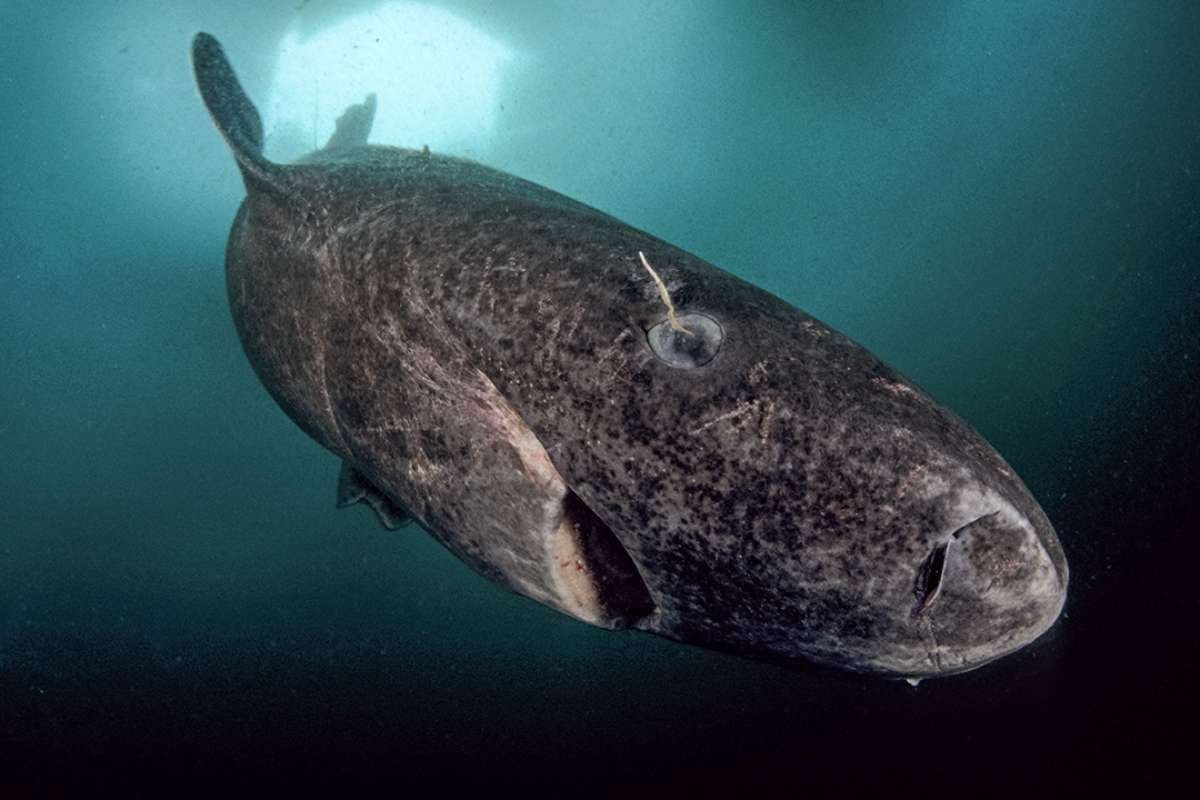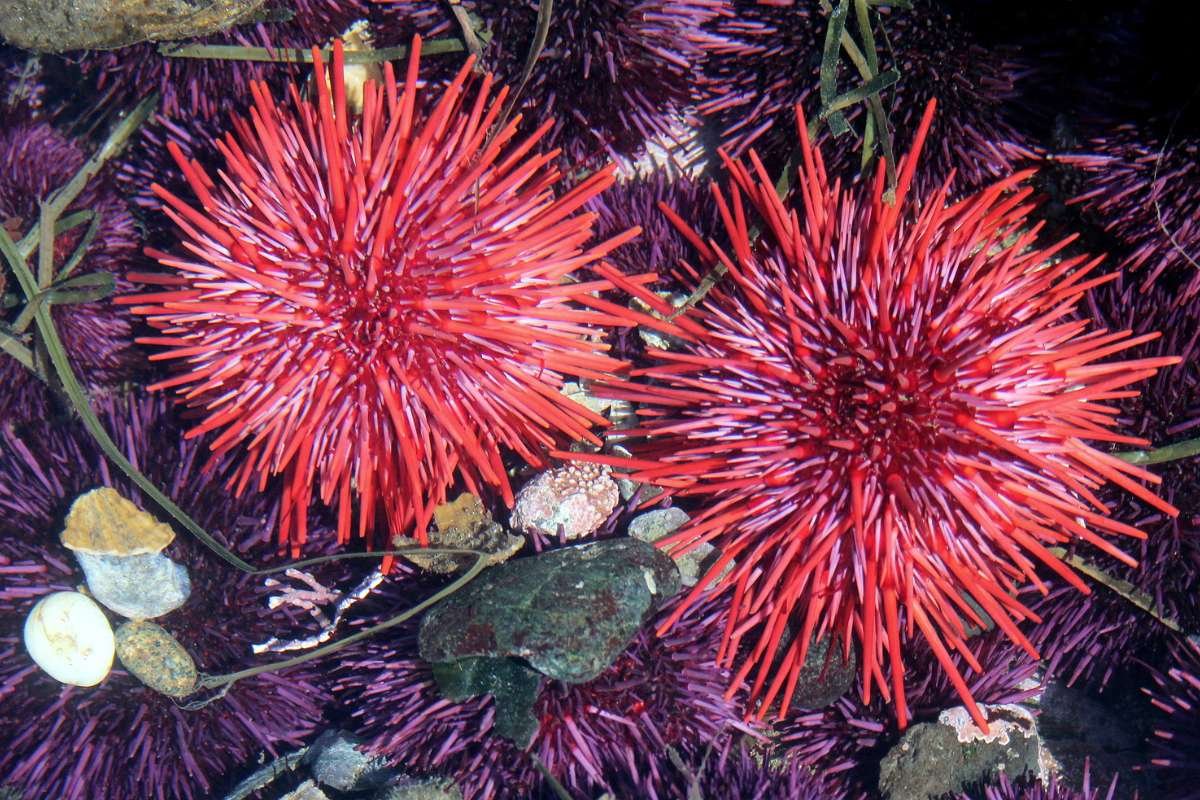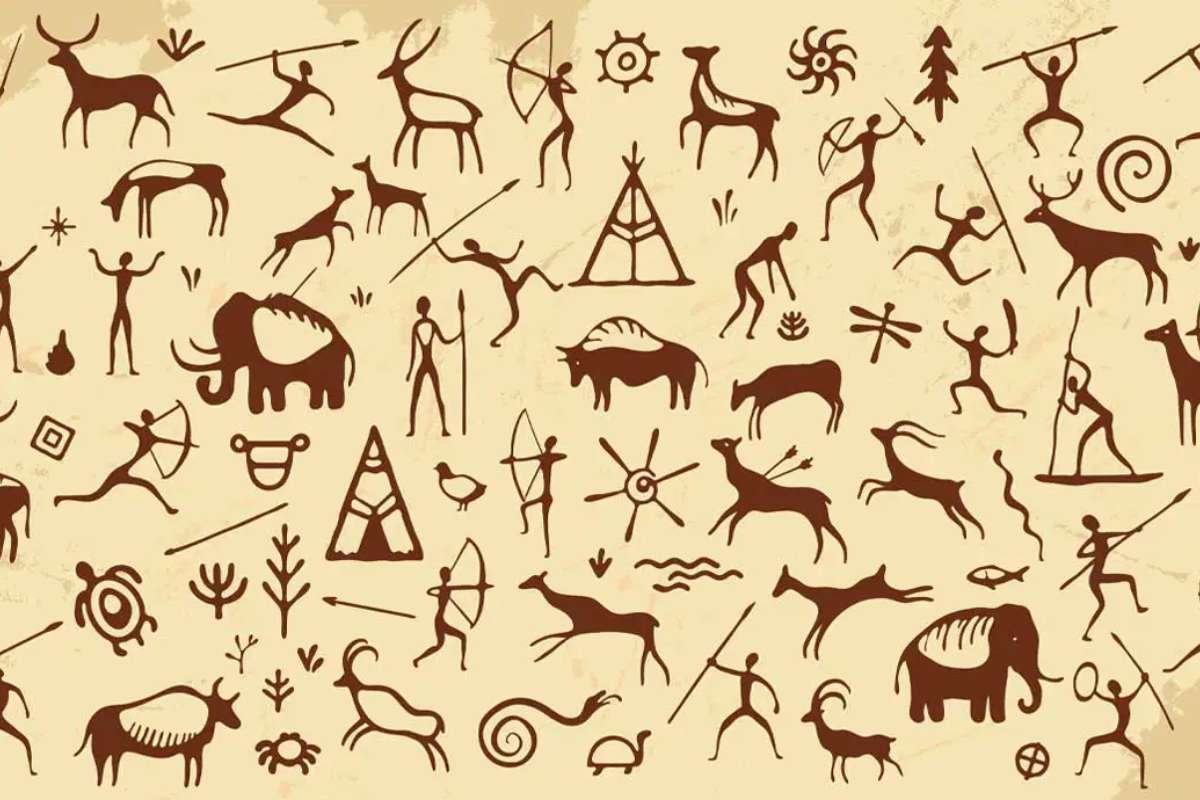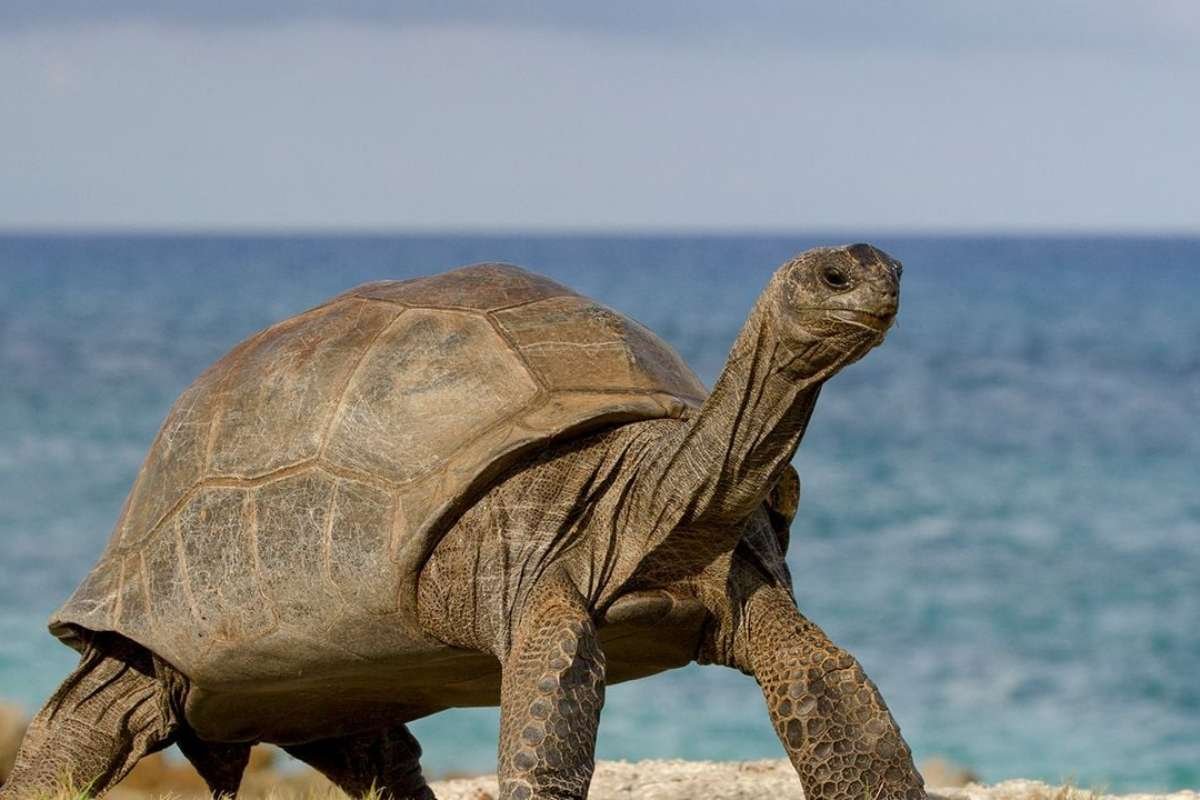When discussing lifespan and longevity, humans tend to focus on centenarians, or those living 100 years or more. However, the lifespan of animals is so much longer than we may think. From deep-sea organisms that live for centuries to giant tortoises that outlive generations of humans, the longest living animal is a real challenge for biologists and our current view of aging and opportunity. An animal that lives hundreds of years helps us lay an important foundation not only in scientific inquiry but in the science of ecosystem functioning over geological time scales.
Why Study Long-Lived Animals?
Understanding species that live for centuries or even millennia offers more than just curiosity. Scientists study them to:
- Discover natural mechanisms of disease resistance.
- Learn how cells repair and regenerate over long periods.
- Understand ecological balance and sustainability.
- Gain clues that could potentially extend human health and lifespan.
These animals have developed remarkable biological adaptations that help them survive in harsh conditions—whether in the deep ocean, frozen Arctic waters, or isolated islands.
The Ocean: A Haven for Longevity
Many of the longest living animal species reside in the oceans, where conditions remain relatively stable compared to land. Cold waters, slow metabolism, and reduced predation risks contribute to extraordinary lifespans.
1. Greenland Shark – Over 400 Years

The Greenland shark holds the crown for vertebrate longevity. Found in the icy waters of the North Atlantic, this slow-moving giant can live for more than 400 years. Their sluggish lifestyle and frigid environment help slow aging dramatically. Scientists use eye lens radiocarbon dating to estimate their age, making them living relics of centuries past.
2. Ocean Quahog – 500+ Years
Among mollusks, the ocean quahog clam takes the prize. Some individuals have been recorded at over 500 years old. The oldest, nicknamed “Ming,” lived for 507 years. Their secret lies in their slow growth and low metabolic rate in deep, cold waters.
Read More: 15 Best Beaches in the World Every Woman Should Visit in 2025
3. Bowhead Whale – 200 Years
Bowhead whales, native to Arctic and sub-Arctic regions, regularly live for over two centuries. Remarkably, these massive mammals show minimal signs of aging, including a low incidence of cancer. This resilience has sparked interest in genetic research for human medicine.
Land-Dwelling Longevity Champions
Though oceans dominate the record books, land is not without its remarkable survivors.
4. Aldabra Giant Tortoise – 150+ Years
Giant tortoises, particularly those in the Galápagos and Seychelles, are legendary for their longevity. Adwaita, a famous Aldabra giant tortoise, reportedly lived to be around 255 years old. Their slow metabolism, herbivorous diet, and minimal predators in isolated ecosystems contribute to their extraordinary lifespan.
5. Red Sea Urchin – 200 Years

Though not as well-known, red sea urchins found along the Pacific coast of North America can live for over 200 years. They show minimal aging signs and continue reproducing throughout their lives, defying many rules of biology.
Common Traits of Long-Lived Species
While these animals differ vastly in appearance and habitat, they share certain traits that contribute to their longevity:
- Slow Metabolism: Reduced energy consumption leads to slower aging.
- Stable Environment: Living in cold or isolated habitats minimizes stressors.
- Delayed Reproduction: Many reproduce later in life, conserving energy for survival.
- Low Predation Risk: Being large or hidden in deep waters reduces threats.
These factors combine to create a biological balance where survival outweighs rapid reproduction.
Lessons for Humans
Scientists are increasingly fascinated by the genetic makeup of the longest living animal species. For example:
- Greenland sharks have unique proteins that repair DNA damage.
- Bowhead whales show resistance to age-related diseases.
- Quahog clams exhibit efficient cellular repair mechanisms.
Studying these processes could unlock treatments for age-related illnesses, improve human longevity, and even guide future biotechnology.
Cultural and Historical Significance

Many ancient civilizations revered long-living animals as symbols of wisdom and immortality. Tortoises, for instance, appear in mythology across Asia and Africa, often representing stability and endurance. Whales have featured in indigenous Arctic cultures as spiritual guides and guardians of the sea.
These stories highlight humanity’s long-standing fascination with creatures that outlive generations, reminding us of the fragile yet enduring connection between humans and nature.
Conservation Challenges
Unfortunately, many of these remarkable species face modern threats:
- Overfishing: Greenland sharks and ocean quahogs often become bycatch.
- Climate Change: Rising ocean temperatures affect habitat stability.
- Pollution: Plastics and chemicals harm species with slow reproduction cycles.
- Poaching: Giant tortoises have historically been exploited for meat and shells.
Protecting the longest living animal is not just about preserving biological wonders but also maintaining the balance of ecosystems that depend on them.
The Future of Longevity Research
With advances in genetics, molecular biology, and marine science, researchers are now closer than ever to unlocking the mysteries of extreme longevity. By studying the DNA, proteins, and cellular structures of these creatures, scientists hope to:
- Develop anti-aging therapies.
- Enhance disease resistance in humans.
- Improve ecological conservation efforts.
The world’s oldest animals are living laboratories, offering lessons that could reshape the future of medicine and sustainability.
Conclusion
The tale of the longest living animal is one of persistence, adaptations, and resilience. From the frigid depths of the world, where Greenland sharks navigate to the sun-kissed islands of the world, where giant tortoises forage, these animals defy time. These animals teach us that nature’s secret often lies beneath our notice and are often hidden in plain sight. As we learn about their biology and protect their habitats, we not only honor these amazing creatures, but we also learn things that can help us extend our own lives and help the future of the planet.
Thanks for Reading!
See More
The Race to Decode Animal Communication: AI’s Role in Bridging the Gap









